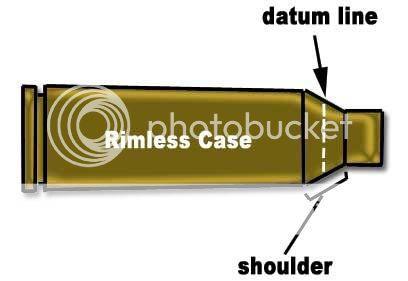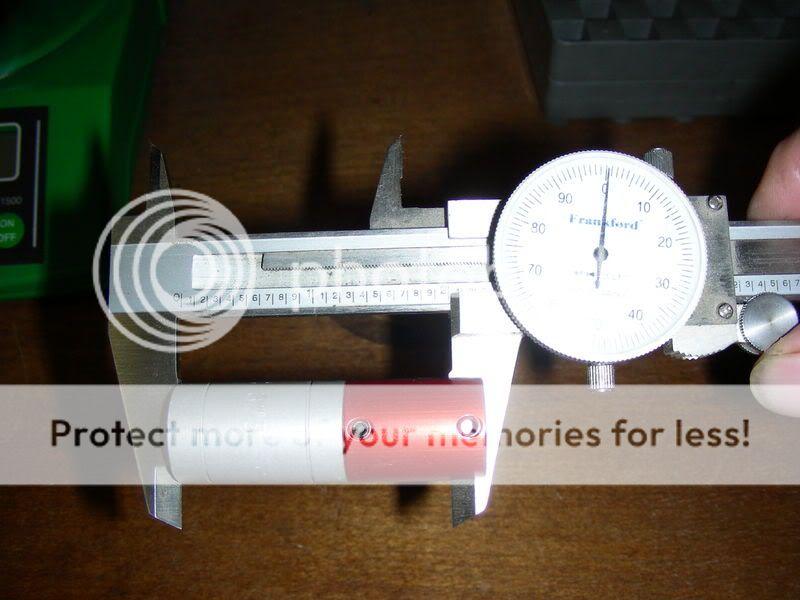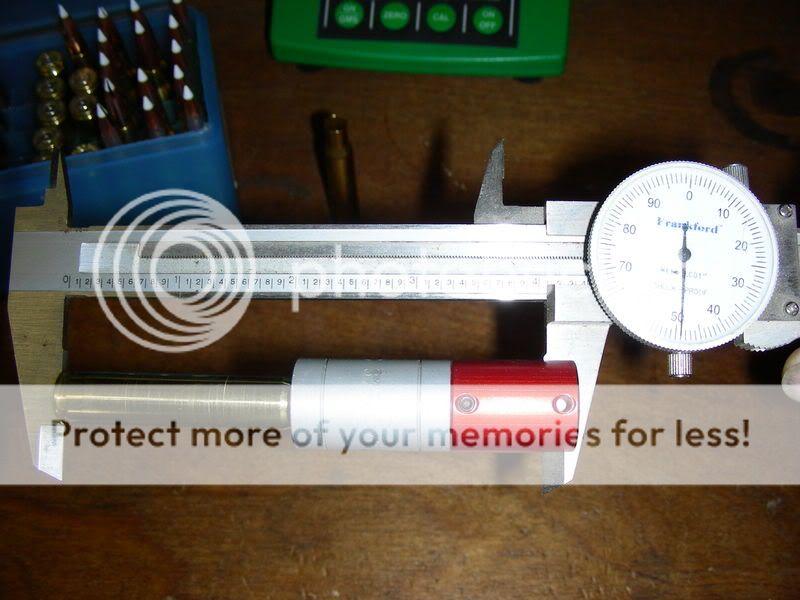cdherman
Well-Known Member
I have been reloading for about 25 years, though with some long intervals of time off when I was living in Massachusetts. I have had flattened primers from heavy loads and I know what they look like.
I recently bought a new Savage 270 WSM varmiter, 26" bbl.
Rather than buy any loaded brass, I just bought 300 rounds of Reminton brass.
To get it sighted in and see what was going to happen, accuracy wise, and to get started breaking in the barrel, I loaded up 20 round with the lightest load in the book.
I did use standard primers (not magnum) as I had an odd lot left over and didn't really care about velocity or accuracy.
The gun didn't shoot so well (yes, barrel was cleaned before and after every 5 shots), but that doesn't bother me nearly so much as the flattened primers I got. All of them. With a very light load. Not really much cratering though. Bolt opened smoothly, so I really don't think this high pressure.
AND, to make matters worse, I had one misfire. When I opened the bolt, the primer had a dent in it, but not a very good one. It fired on the second try.
So I am worried about headspace. I understand the whole concept of the primer backing out of the case, back up agaist the bolt face, and then when the case back up (streches) to the bolt face, the primer is flattened. I would have called it that, BUT -- the misfire really bothers me. Could the gun have too much headspace?
I've never had a handloaded misfire before, so that should argue that my primer seating technique is sound.
I suppose it also could be the brass. Maybe too short of brass? Rem brass has a good rep though.
Is there a way to measure to the shoulder of the brass? I don't see how to reproducibly measure that with my calipers. Ideas?
I recently bought a new Savage 270 WSM varmiter, 26" bbl.
Rather than buy any loaded brass, I just bought 300 rounds of Reminton brass.
To get it sighted in and see what was going to happen, accuracy wise, and to get started breaking in the barrel, I loaded up 20 round with the lightest load in the book.
I did use standard primers (not magnum) as I had an odd lot left over and didn't really care about velocity or accuracy.
The gun didn't shoot so well (yes, barrel was cleaned before and after every 5 shots), but that doesn't bother me nearly so much as the flattened primers I got. All of them. With a very light load. Not really much cratering though. Bolt opened smoothly, so I really don't think this high pressure.
AND, to make matters worse, I had one misfire. When I opened the bolt, the primer had a dent in it, but not a very good one. It fired on the second try.
So I am worried about headspace. I understand the whole concept of the primer backing out of the case, back up agaist the bolt face, and then when the case back up (streches) to the bolt face, the primer is flattened. I would have called it that, BUT -- the misfire really bothers me. Could the gun have too much headspace?
I've never had a handloaded misfire before, so that should argue that my primer seating technique is sound.
I suppose it also could be the brass. Maybe too short of brass? Rem brass has a good rep though.
Is there a way to measure to the shoulder of the brass? I don't see how to reproducibly measure that with my calipers. Ideas?



